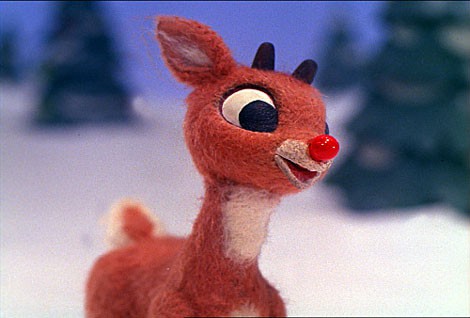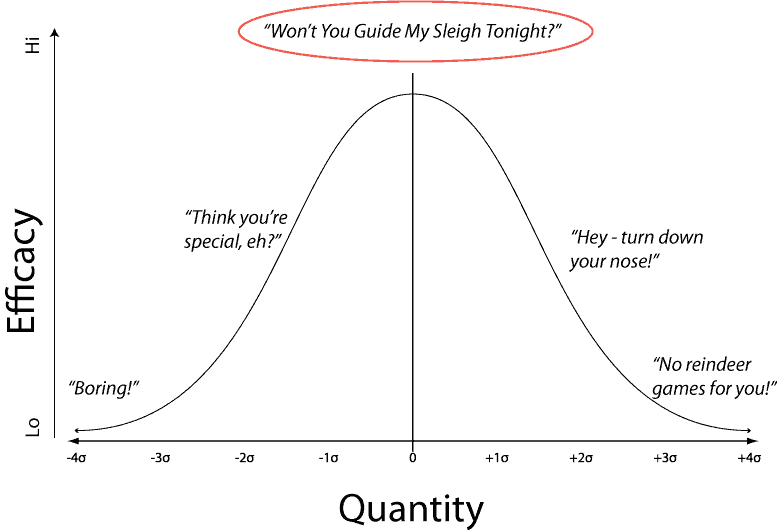We learned from an early age that our biggest strength can also be our biggest weakness. The perfect example of this is Rudolph, the Red-Nosed Reindeer (okay, so I’m three months late). His biggest asset was also his biggest liability.
This turns out to be true for most of us in one way or another.
For instance, one of the foundational theories of management states, among other things, that people tend to be primarily task-oriented or relationship-oriented. Here is a great example of where your greatest strength can turn on you.
Suppose, as a manager, that you are strongly task-oriented (as I am). You may find that people become obstacles to getting things done. You can objectify people to the point of looking at them as either aids, obstacles, or irrelevant. In some cases, people become something to check off a to do list.
On the other extreme is someone strongly relational. They may structure their day to avoid conflict and be far more concerned with the process and how it affects others than the results. How things get done becomes more important than what actually gets done.
Obviously, both of these can have tremendous benefits. Task-oriented managers tend to be results-oriented, efficient, and highly structured. Relationship-oriented managers tend to build strong teams, have high employee morale, and low turnover. But true magic occurs when a manager is able to adapt his or her greatest strength to the situation. This is one of the key factors that separate the great managers from the pack.
One key is to be aware of your strengths, and most importantly, to modulate them according to the situation. There is a point at which a strength become optimal. More than that can wreak havoc. Less than that can totally miss the mark.
What is your example of a strength becoming a weakness, and what do you do to manage this in yourself and others?


